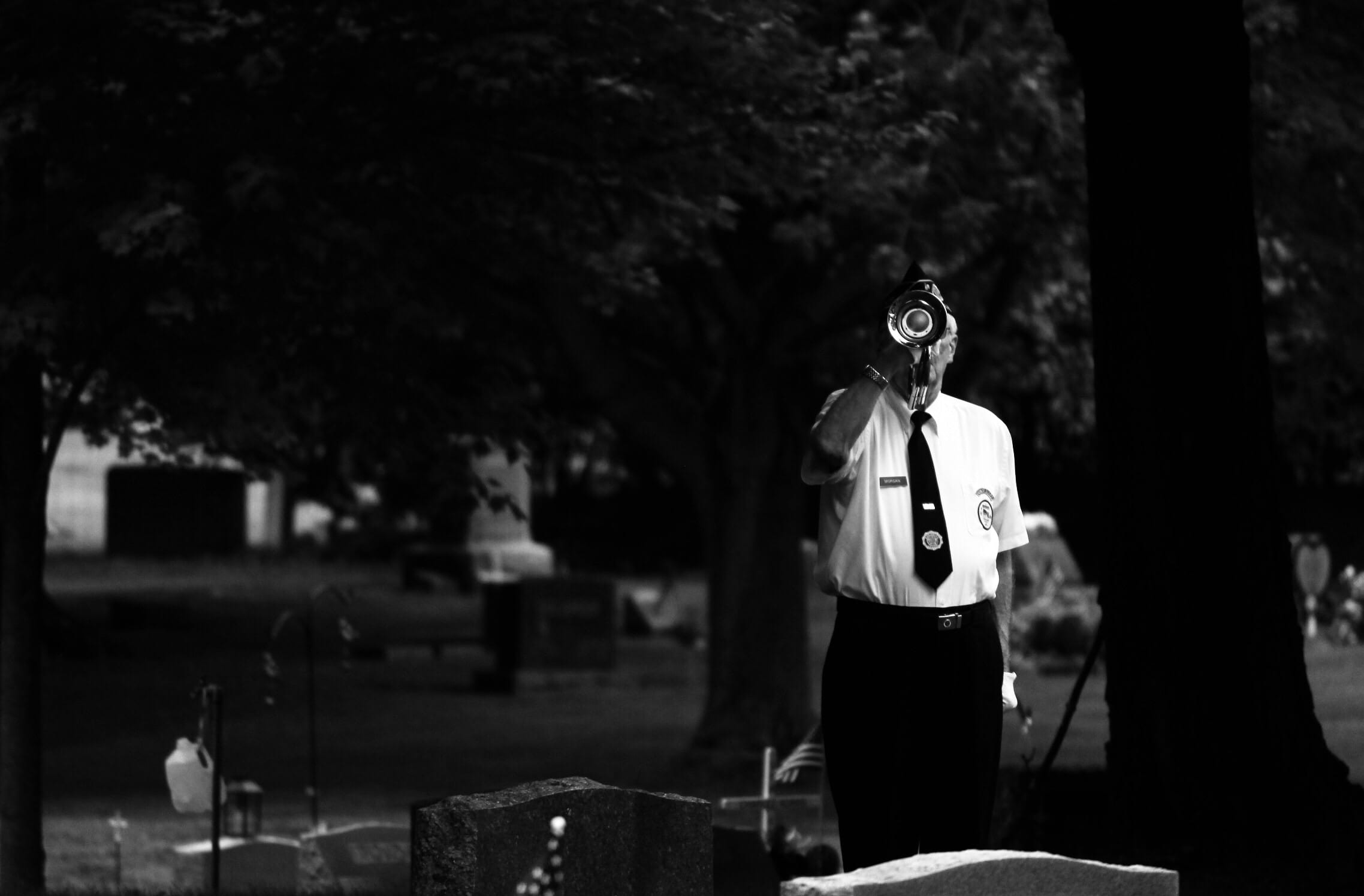When cancer patients pass and their bodies are cremated, radition can be sent into the air and cause harm to crematory workers.
Cancer patients often receive radioactive drugs, and a new case study suggests that when their bodies are cremated it could harm workers. Arizona physicians decided to try and figure out whether radioactive medications might have gotten into the air after being superheated and they reported their findings in JAMA.
“What we were really worried about was the possibility of someone breathing in the radioisotope,” said Dr. Nathan Yu, a resident physician in the department of radiation oncology at the Mayo Clinic in Phoenix, Arizona and the study’s lead author. “Once you breathe it in, it’s in your body and in direct contact with tissues. Our goal in writing this article was to bring this topic to light. Right now, there are no federal regulations regarding cremation of exposed patients.”
The patient studied, who was 69 when he died, had been treated with a radiopharmaceutical called Lu 177 dotatate at the Mayo Clinic. The following day, he was readmitted to a different hospital for dangerously low blood pressure.

“He died from his tumor two days later,” Yu said. “At the time we were unaware of the unexpected death of the patient. He was cremated and it wasn’t till five days after the treatment that we were notified that he had been cremated.”
Yu and his colleagues were concerned that the heat from the cremation might have volatilized the radioactive drug, sending it into the air and causing harm. “the radioactive contamination can be inhaled by workers (or released into the adjacent community) and result in greater exposure than from a living patient,” Yu and his co-authors wrote.
They contacted Arizona’s Board of Radiation Control to find out if there would be harm to the crematory workers, and the agency discovered contamination in various areas of the crematorium, including the oven, the vacuum filter and bone crusher and linked it to the radiopharmaceutical in the patient’s body.
The crematory operator’s urine showed no sign of Lu 177, but it did contain another radioactive isotope, Tc 99m, which is used as a tracer in numerous types of diagnostic imaging. “It’s possible that he was exposed while cremating another person’s remains,” Yu said.
“I think it’s pretty small for any individual cremated patient,” said the study’s co-author, Kevin Nelson, medical health physicist and radiation safety officer at the Mayo Clinic. “If you’re the only operator and you’re repeatedly exposed over a lifetime, the risk is additive.”
The case report was “very informative,” said Dr. Amar Kishan, an assistant professor in the department of radiation oncology at the University of California, Los Angeles. “As we begin to use radiopharmaceuticals more and more frequently, it will become more and more imperative to ensure that public health considerations are fully evaluated. It is surprising and noteworthy in this case that it was an unexpected isotope often used in diagnostic scans that was the true contaminant. Policies are critical here.”
Dr. Daniel Appelbaum, chief of nuclear medicine and PET Imaging at the University of Chicago Medical Center, said that these types of pharmaceuticals are becomings more and more common. “We have a bunch of new radiotherapies that have just arrived and several more that are on the near horizon for some very common cancers, including prostate cancer,” said Appelbaum. Since this is “only going to become more of a common issue going forward,” we need figure out if it is harmful to crematorium workers, he added.
Sources:
Traces of radiation in crematory employee’s urine came from deceased cancer patient’s treatment
Radioactive cancer drugs could pose risk to cremation workers


Join the conversation!